Inventory of Intangible Cultural Heritage in Austria
Much of a confectioner’s work is still manual to this day. This craft has been handed down over generations and has taken on a regional, company-specific, and transnational character. It requires precision as well as creativity and adaptation in its further development. The ingredients and the traditional processing and working methods, which use a wide variety of tools, have hardly changed over the centuries, although they have undergone adaptation and constant development.
Fire, air, water, and earth—freehand blacksmithing involves working with all four elements. Today, as in the past, the process of working wrought iron and steel involves beating or pressing it by hand while it is hot. The materials are shaped using centuries-old techniques involving different forging processes and using sticks and hammers. The resulting forged (art) objects range from stately insignia to building elements.
Funerals are an essential element of human culture and are part of all our lives. Undertakers are the active bearers of funeral and cemetery culture, both of which are characterised by local and religious rituals that go beyond official provisions. The undertakers accompany people on their last goodbye, taking the different ways in which people commonly mourn and say farewell into account and considering religious and individual requirements.
Since the foundation of Theresienfeld in 1763, irrigation has played a formative role in the lives of the local population. The "Tirolerbach” artificial irrigation system is still used to irrigate gardens and house fields following fixed rules and techniques today. The water is “turned off” at the end of October, and on the first Sunday of April, "the water comes back”. The water cooperative clears, cleans, and inspects the system and monitors the equitable distribution of water.
For centuries, the shipping of salt on the Traun shaped the rhythm and practices of the towns along the river. This involved rowing and manoeuvring the mighty salt barges, which weighed several tonnes, on the fast-flowing waters downstream (in the direction of flow) to the Danube and managing the barges’ upstream trips (returning against the current) with the help of heavy Noriker horses. Despite the disappearance of the salt industry, the practice of travelling up and down the river by boat…
Making and displaying nativity scenes is a tradition that has been associated with the village of Wenns for more than 150 years. From the "Wenner Kastenschneekrippe" [box snow nativity scene] to the "Wenner Kastenspiegelkrippe" [box mirror nativity scene] and the "Wenner Mooskrippenberg” [moss nativity scene mountains]—the "Wenner Krippeler" take care of their maintenance, further development, and set-up. The newly built nativity scenes are displayed in private homes and in public areas and are…
The guild of butchers in Gars am Kamp has existed since 1535. Despite the formal abolition of guilds, several practices continue to be observed, including guild day, the wreath of honour and seal of honour ceremonies, the awarding of the golden ring of honour, and the Corpus Christi procession with the carrying of the guild flag. Both these practices and the knowledge of the craft that has been carried forward to the present day continue to have important social, economic, and environmental…
From "Köllamaunn" to the "Köllastund" and the "Köllapartie" to the "Köllajausn"—the Weinviertler cellar lanes represent a living and working space for the local population. The Weinviertel’s cellar culture has led to a special form of social cohesion. The essential feature is people gathering in press houses and cellars, whereby this interaction continues to be shaped by rules that are centuries old.
The annual pilgrimage of the Mostviertel’s golden bonnet and traditional costume groups has taken place on 15 August for more than 60 years. The highlight is the collective entry of all 1,000 pilgrims into the church, followed by a festive service and the blessing of the herbs and the pilgrimage candle. Each year, this event takes place in a different parish, or at one of the Mostviertel’s 54 pilgrimage sites, and is both a spiritual and a social occasion.
The Bellringers of Patsch (“Patscher Schellenschlagerinnen”) carry out their traditional carnival procession each year on Fat Thursday. The bellringers, who are masked and line up in rows of two in size order, “ring” the bells to the rhythm of the witch. Although bellringing can be observed at many other carnival celebrations in Tyrol, what is different about the performers in Patsch is that they are exclusively women.
In Europe, the custom tailoring of men’s full evening dress looks back upon 300 years of history. The origins of this style of formal attire can be found in England, where the ‘frock’ was first worn by the working classes before also being adopted by young noblemen for informal occasions from the 1730s onwards. The production of such an ensemble requires a great deal of knowledge and skill on the part of the master tailor, and it takes around 100 hours of master craftsmanship to complete one.…
The knowledge of artisanal millers includes a great deal of practice and experience, experimentation, and technical knowledge about the processing of various grains into flour, coarse grit, wholegrain products, and oils. Working with traditional milling machines to produce milled products, such as milling with millstones, is now confined to just a few artisanal mills.
Manual graphic printing encompasses the techniques of relief printing, intaglio printing, planographic printing, screen printing, and mixtures thereof. The development of these techniques began during the Late Middle Ages with the spread of possibilities for replicating graphic media (print). Today, there are numerous methods for producing printed graphics. It is primarily artisans who still employ such manual techniques, thereby continuously safeguarding and further developing these crafts in…
The term Juppe is used to describe a typical traditional women’s costume from the Bregenz Forest which is worn in various ways. Glossy linen produced in the region is used to create the pleats. One of the features of this traditional costume, which is worn for festivities, is its elaborate design. This traditional dress is produced by local craftspeople in small workshops. The wearers and producers identify with the Juppe, which contributes to their regional identity.
The history of historical and decorative painting techniques using traditional materials reaches back to the era of cave painting, and the associated knowledge and skills are still practiced today. Producing and using the various materials and tools necessary for the execution of techniques involving lime, stencils, and sgraffito, together with appropriate choices in terms of colours and creative language, requires intensive training and a high degree of crafting skill.
Since around 1850, the Garnierspenzer (lit. ‘garnished spencer’) and Steppmieder (‘quilted bodice’) have featured in the festive traditional costumes of the Alpine regions of Pinzgau, Pongau, and Lungau in the province of Salzburg. These costumes stand out due to the elaborate design of the tops, the application of lavish silk flowers on the spencer, and the raised quilting on the bodice. These features take a high level of tailoring knowledge and experience to produce. They also contribute to…
The main features of the Steppmieder and Garnierspenzer costumes date back to the 17th century and reflect the bourgeois and courtly fashions of that era. Today, the entire costume encompasses eight elements that can be combined in various ways in accordance with the occasion; the skirt and top are separate pieces of clothing but can be connected with a silver hook, while the skirt itself is the element which remains consistent in this traditional dress. On Sundays, the costume is worn as…
The origins of the nativity scene tradition as a nationwide phenomenon can be traced back to Austria’s first display of this kind, which was set up in Innsbruck in 1609. In the following centuries, this spread throughout the country, and nativity scenes were displayed in churches, public spaces, and people’s houses. In the process, the various nativity scenes’ designs and the associated rituals blossomed into diverse local and regional characteristics. The nativity scene tradition encompasses…
At the end of a printer’s training, the Gautsch celebration takes place. The water baptism is the highlight of this celebration. In this tradition, the Kornuten (‘apprentices’) are grabbed and dunked into a vat of water in order to wash clean their ‘sins’ (from their time as apprentices). Afterwards, the graduating apprentices are ceremoniously released from their status and thus become journeymen*journeywomen. To confirm that they have been through this ceremony, the Gäutschlinge receive an…
South Bohemian brass band music in Brand-Nagelberg is a musical tradition formed through close musical exchange with Czech musicians. This transborder collaboration, which still exists today, also led to the genesis of a unique playing technique and contributed to the spread of the treasury of songs still widely performed today, such as the famous “South Bohemian Polka”. South Bohemian brass band music is formative for the musicians in Brand-Nagelberg and the people from this region.
The Traismauer Nativity Play dates back to the year 1810 and is now one of the last remaining rod puppet theatres in Austria. Up to 30 people are involved in the show, including a choir, vocal soloists, musicians, a host, and a director. Classic stories from the Bible are acted out using 42 wooden figures, and the performance also includes traditional love songs, socially critical songs, and guild songs.
The term ‘flaming’ (Flammen) denotes the application of a recognisable pattern to ceramic objects. Recurrent decorative elements could be found on pottery in the area around Gmunden as early as in 1600. The earliest pieces of pottery found in blue and white from this region date back to this period. They led to the development of a decorative technique that is typical today: the Geflammte (‘flamed’) or Gmundnerische Geschirr (‘Gmunden tableware’). Nowadays, the flamers pass on their knowledge…
The craft of dry stone walling has been documented in writing in Austria since the 12th century and is also reflected in relevant landscape paintings. Historically, this practice employed locally sourced stones and was brought to bear in a variety of (mostly agricultural) contexts, such as terraced vineyards, enclosures on Alpine meadows, stables and barns, forest roads, railway construction, etc. Today, dry stone walls still embody an important component of the cultural landscape and…
Anklöpfeln is a unique and dramaturgically structured tradition of knocking on doors which has been documented in the Tyrolean community of Stans since the mid-19th century. It takes place every 10 years on each Saturday during Advent, and involves various figures—such as High Priests, Bacchus, altar servers, donation collectors, and approx. 25 Levites—who move in a procession-like manner to visit certain farms and inns, where they perform their songs.
The Saint Nicholas Play in Bad Mitterndorf is presented each year on 5 December at various locations. The play is acted out in indoor spaces as well as in the form of a procession. The performance was originally held in farmhouses and inns, but since 1959 the event has been presented on Bad Mitterndorf’s main square, thus making it accessible to a wider audience. The Saint Nicholas Play is made up of various figures that form a procession between the performance venues.

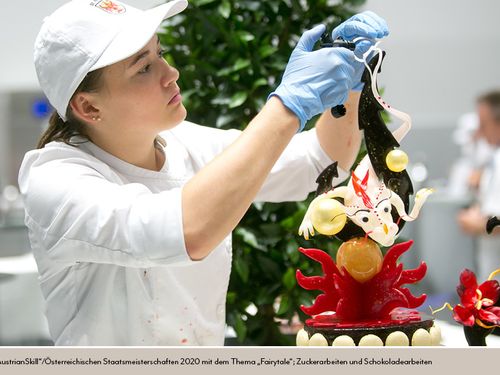
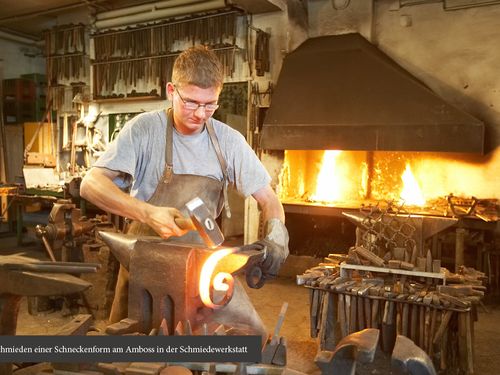
![[Translate to EN:] Die österreichischen Bestatter*innen als Wissensträger der tradierten Bestattungskultur THE KNOWLEDGE AND PRACTICE OF UNDERTAKERS](/fileadmin/_processed_/9/d/csm_BestatterInnen_I_4d851d1d98.jpg)
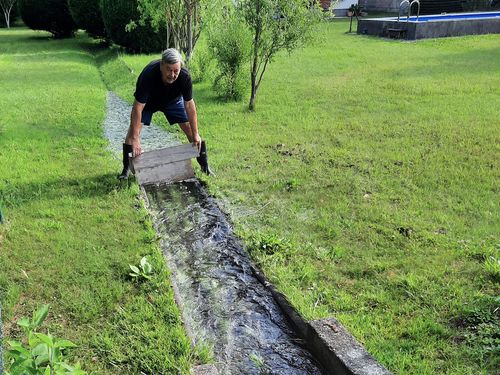
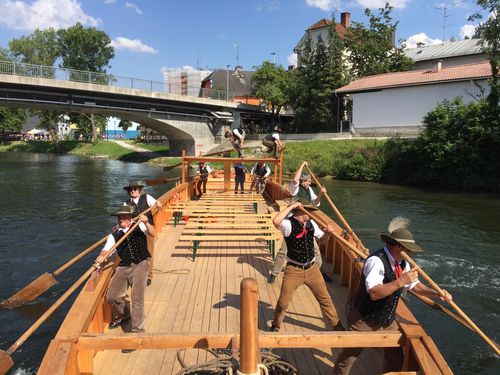
![[Translate to EN:] Weihnachtskrippe-Gesellschafts-Verein Wenns von 1860 NATIVITY SCENE TRADITION IN WENNS](/fileadmin/_processed_/4/0/csm_Krippe_Wenns_I_03c879b5b2.jpg)
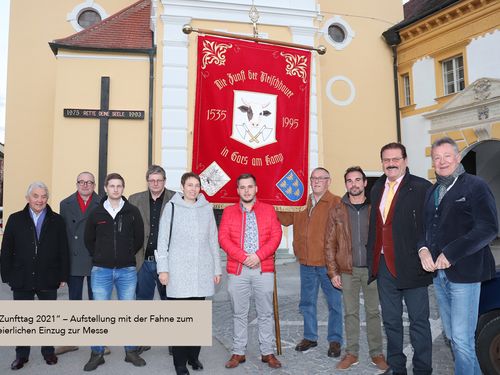
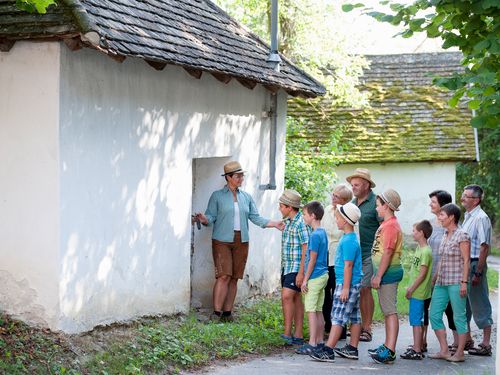
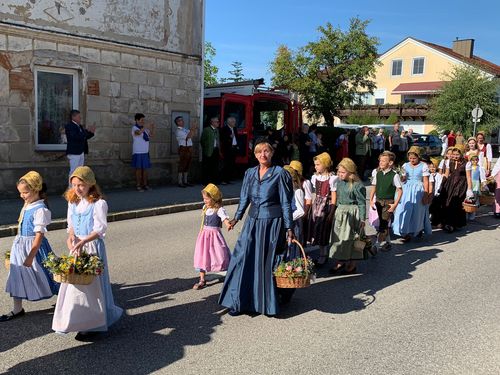
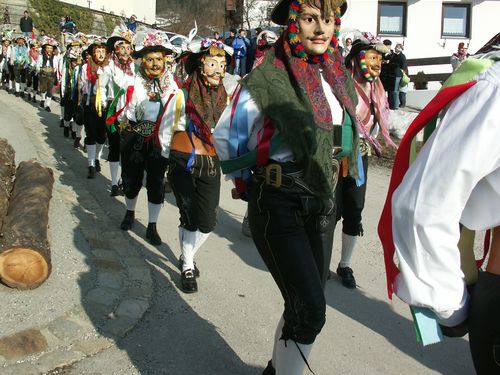
![[Translate to EN:] Frack-Maßschneiderei The Custom Tailoring of Men’s Full Evening Dress](/fileadmin/_processed_/6/0/csm_Frack_I_8e2ce2f5f3.jpg)
![[Translate to EN:] Wissen um das Mühlenhandwerk/Das Wissen der Handwerksmüller*innen The Knowledge of Artisanal Millers](/fileadmin/_processed_/9/a/csm_Handwerksmuehlen1_bdb50bcb44.jpg)
![[Translate to EN:] Manueller Bilddruck Manual Graphic Printing](/fileadmin/_processed_/a/8/csm_Manueller_Bilddruck_I_24ff75c42f.jpg)
![[Translate to EN:] Herstellung der Bregenzerwälder Juppen und das Tragen der Frauentracht Production of Bregenz Forest Juppen and Wearing of Women’s Traditional Dress](/fileadmin/_processed_/b/6/csm_Bregenzerwaelder_Juppe_I_2f5d9a237a.jpg)
![[Translate to EN:] Historische und dekorative Malerhandwerkstechniken mit traditionellen Materialien Historical and Decorative Painting Techniques Using Traditional Materials](/fileadmin/_processed_/c/5/csm_Historische_Malertechnicken_I_92f8f640bf.jpg)
![[Translate to EN:] Garnierspenzer mit Hut –Steppmieder Garnierspenzer, Hat, and Steppmieder](/fileadmin/_processed_/4/8/csm_Garnierspeznzer_I_da03909084.jpg)
![[Translate to EN:] Staatlich geprüfte Berg- und Schiführer*innen Österreichs; umgangssprachlich: Bergführer*in Knowledge of Alpinism and Skills of Mountain and Ski Guides](/fileadmin/_processed_/f/4/csm_Bergfuehrer_I_2931afcde5.jpg)
![[Translate to EN:] Krippenbrauchtum in Österreich Nativity Scene Traditions in Austria](/fileadmin/_processed_/b/7/csm_Krippenbrauchtum_I_a79dac5fe9.jpg)
![[Translate to EN:] Gautsch Gautschen](/fileadmin/_processed_/f/f/csm_Gautschen_II_1c3d225439.jpg)
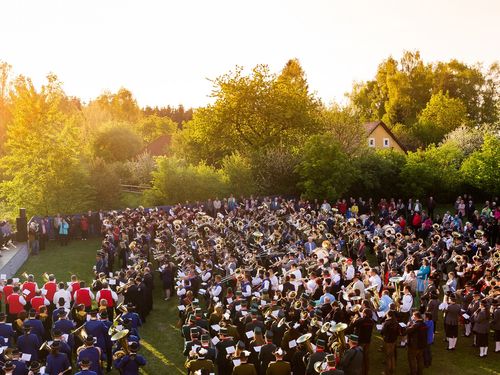
![[Translate to EN:] Das Traismaurer Krippenspiel The Traismauer Nativity Play](/fileadmin/_processed_/0/a/csm_Traismauer_Kripperl_I_24b8487fba.jpg)
![[Translate to EN:] Traditionelles Handwerk in Gmunden: Das Flammen von Keramik Traditional Craftsmanship in Gmunden: Pottery Flaming](/fileadmin/_processed_/2/c/csm_Das_Flammen_der_Gmundner_Keramik_Manufaktur_I_2a2a612899.jpg)
![[Translate to EN:] Trockensteinmauern Dry Stone Walling](/fileadmin/_processed_/0/b/csm_Trockensteinmauern1_a15062e4c5.jpg)
![[Translate to EN:] Staner Anklöpfeln Anklöpfeln (Knocking on Doors) in Stans](/fileadmin/_processed_/e/2/csm_Staner_Ankloepfeln1_54a9e78a25.jpg)
![[Translate to EN:] Nikolospiel Bad Mitterndorf Bad Mitterndorf Saint Nicholas Play](/fileadmin/_processed_/0/b/csm_Nikolospiel_I_cc2ee8fccb.jpg)
![[Translate to EN:] © J. Ségur/ZED, with the permission of UNESCO](/fileadmin/_processed_/d/b/csm_Convention-2003-IKE_0832a6a47d.jpg)
![[Translate to EN:] © ÖUK](/fileadmin/_processed_/3/9/csm_P1011318_7eac86402f.jpg)
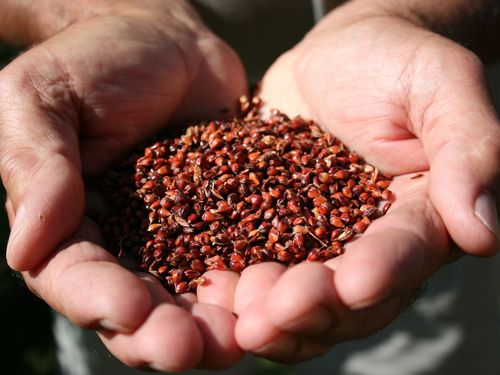
![[Translate to EN:] © Weitblickfilm](/fileadmin/_processed_/9/8/csm_Workshop_17_2dee1e1fd8.jpg)